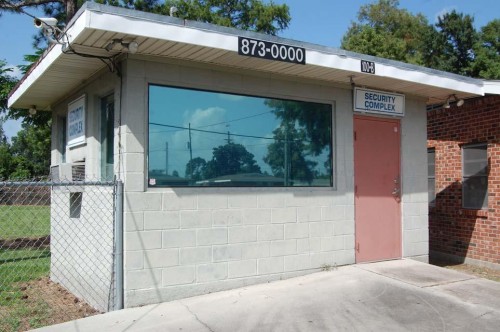
Lola Dardar
July 27, 2010
Senator Circle residents oppose duplex donation
July 29, 2010Louisiana’s unemployment rate crept up in June to 7 percent despite 5,800 more non-farming jobs as state officials warned that a major hit from the deepwater petroleum moratorium in the Gulf of Mexico has yet to be felt.
Last week’s report from the federal Bureau of Labor Statistics, at first glance, showed strength in the state’s economy. On a seasonally adjusted basis, the state picked up 6,900 non-farm jobs – the first time Louisiana has recorded a year-to-year jobs increase since December 2008.
The jobless rate also was well below June’s national average of 9.5 percent and the southern regional average of 9.2 percent. Louisiana’s jobless rate for May was 6.8 percent. In June 2009, the rate was 7.1 percent.
The head of the Louisiana Workforce Commission, Curt Eysink, said the report was encouraging since the additional hiring swept across most sectors of the economy. Exceptions included petroleum, which lost 900 jobs from May; manufacturing, which shed 600, and government, which lost 300 jobs.
“We’re also still bracing for the full effects of the drilling moratorium,” Eysink said.
Estimates from the potential employment loss from an extended drilling moratorium vary widely, with some counts putting the number at up to 20,000. Two deepwater drilling rigs already have left the Gulf since the moratorium began for long-term foreign contracts.
The biggest job gain from May to June was 2,600 in education-health services. Leisure-hospitality, which includes the tourism business, gained 1,800. Construction added 900 jobs, professional-business services gained 800 and the financial sector added 500 jobs.
The BLS said that Louisiana had the fourth-largest non-farm employment increase among the states last month – behind Texas, Kentucky and Arkansas.
At the same time, the number of unemployed jumped by 4,000 while the civilian labor force – the number of people working or looking for work – was largely unchanged.






